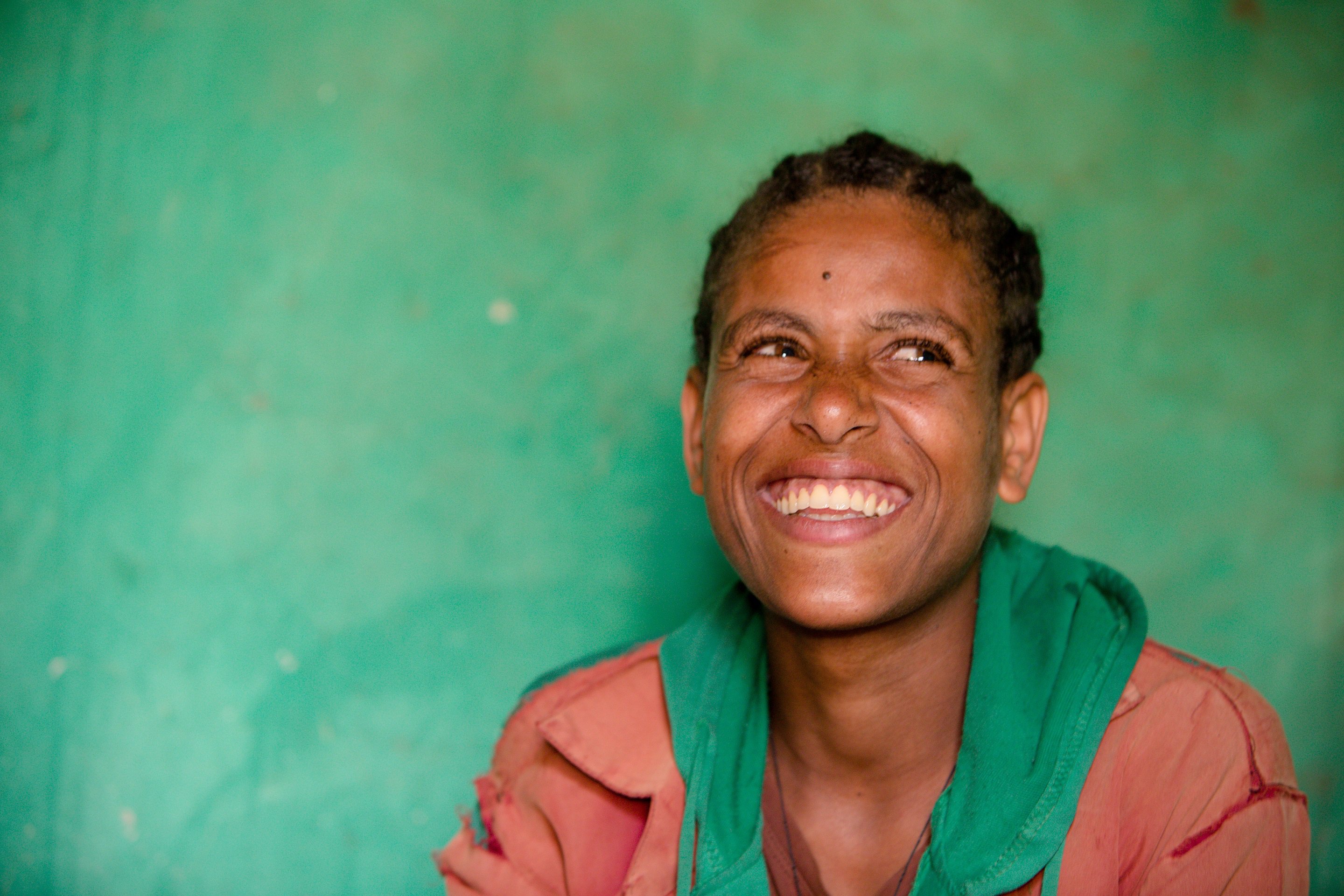Over the past decade there has been growing recognition that adolescence is an ‘age of opportunity’ in terms of helping children launch into successful adulthood. At the same time, the world has recognised that in order to ‘leave no one behind’, we must focus on people who have disabilities – four-fifths of whom live in developing countries and below the poverty line. As of yet, however, there has been little attention paid to the adolescents with disabilities who live in low- and middle-income countries and how we can make sure that they too are supported to achieve independent futures.
This ground-breaking report takes stock of what we know about adolescents with disabilities living in the global South. Drawing on interviews with approximately 600 adolescent girls and boys with physical, visual, hearing or intellectual impairments, as well as interviews with their parents, teachers and other service providers, it also presents emerging findings from the Gender and Adolescence: Global Evidence (GAGE) research programme in Bangladesh, Ethiopia, Jordan and the State of Palestine. This report focuses, for the first time, on the intersection of age and disability – specifically the unique needs of adolescents with disabilities – and the gender dynamics that shape girls’ and boys’ lives. Alongside this, it also looks at the particular experiences of adolescents with disabilities who grow up in rural areas and conflict-affected contexts.
It finds that, primarily due to disability-related stigma and discrimination, adolescents with disabilities:
- are excluded from education, especially at the secondary level;
- often face insurmountable barriers to obtaining health care;
- are likely to be socially isolated and have few sources of emotional support;
- are much more likely to experience bullying and violence;
- have few opportunities to make decisions even about their own lives; and
- are largely shut out of the types of training and employment programmes that would help them achieve independence.
The report concludes by identifying key areas for action – including a need for a more integrated approach that takes account of adolescents’ intersecting needs, supporting caregivers so they can better support adolescents, and tackling gaps in data, policy and funding.


